Discipline vs. Punishment: How Dojos Teach Respect the Right Way
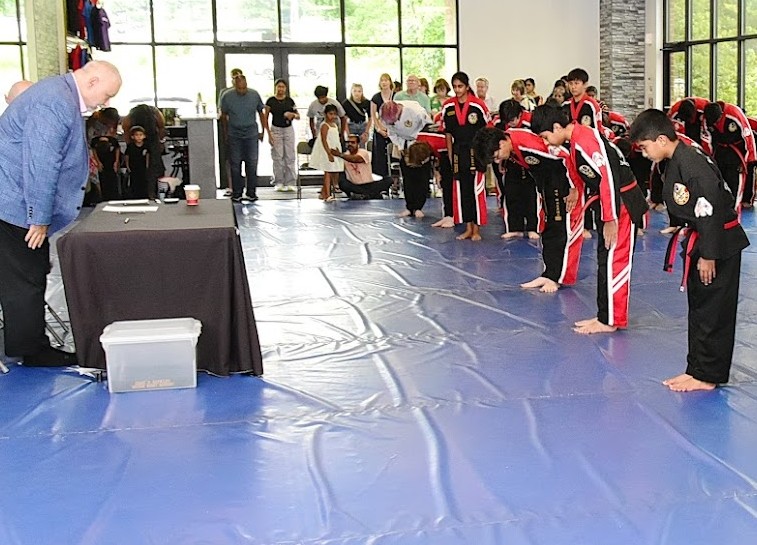
Among all the after-school activities parents consider, martial arts often rises to the top. Why? Sometimes kids misbehave at home, ignore instructions in class, or struggle to sit still. Other times, they interrupt, laugh at classmates for messing up, or show moments of disrespect toward parents or teachers. These challenges are part of growing up, […]
Family Friendly Martial Arts Cumming: Why Families Choose Choe’s HapKiDo
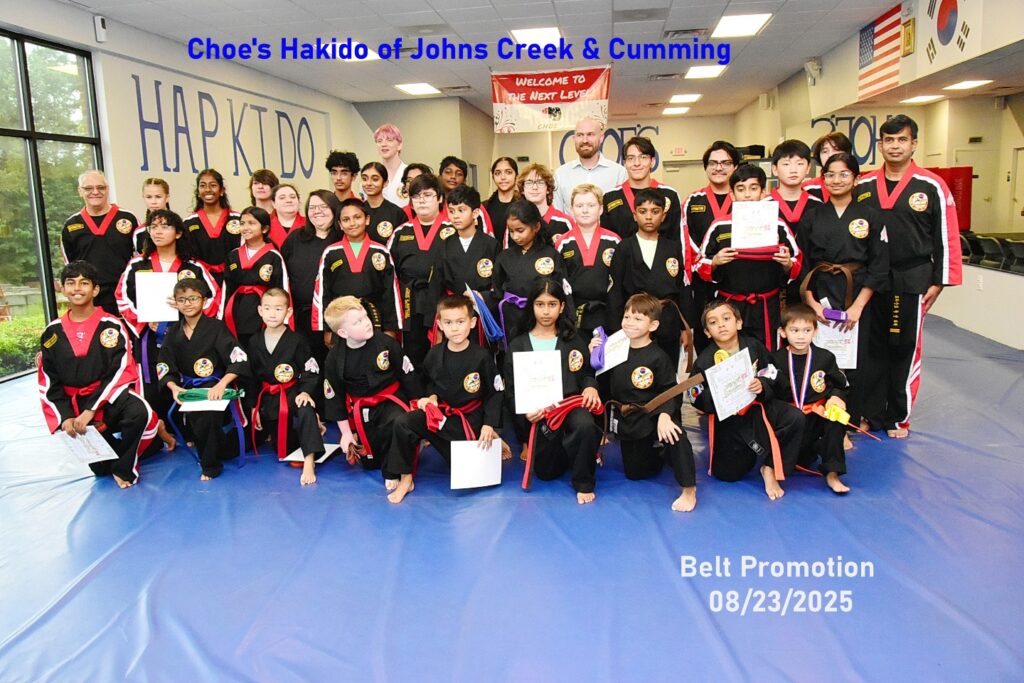
When searching for Family Friendly Martial Arts Cumming, many parents are hoping to find a program that everyone in the household can enjoy. At Choe’s HapKiDo Cumming, families often discover that training together creates lasting memories while also supporting individual growth. The energy inside the school is welcoming, respectful, and motivating, making it a space […]
Happy Labor Day Weekend! – The Benefits of Rest Days
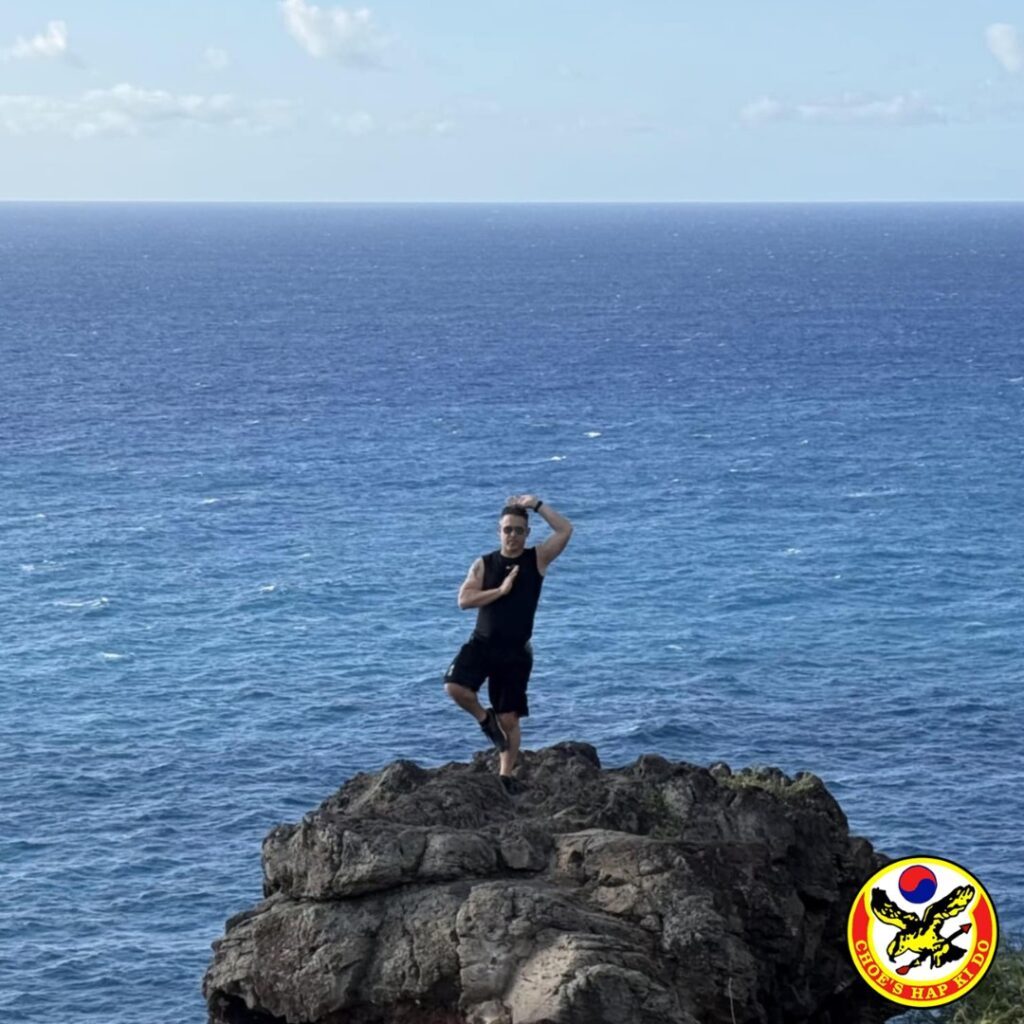
With Labor Day around the corner, it’s a good reminder that hard work and rest go hand-in-hand. In martial arts—and in life—rest days aren’t lazy; they’re essential. Whether you’re pushing through martial arts drills or tackling everyday responsibilities, taking time to rest and recharge boosts energy, sharpens focus, and keeps you coming back stronger. Here’s […]
How Adults of Any Age Can Start Martial Arts Today
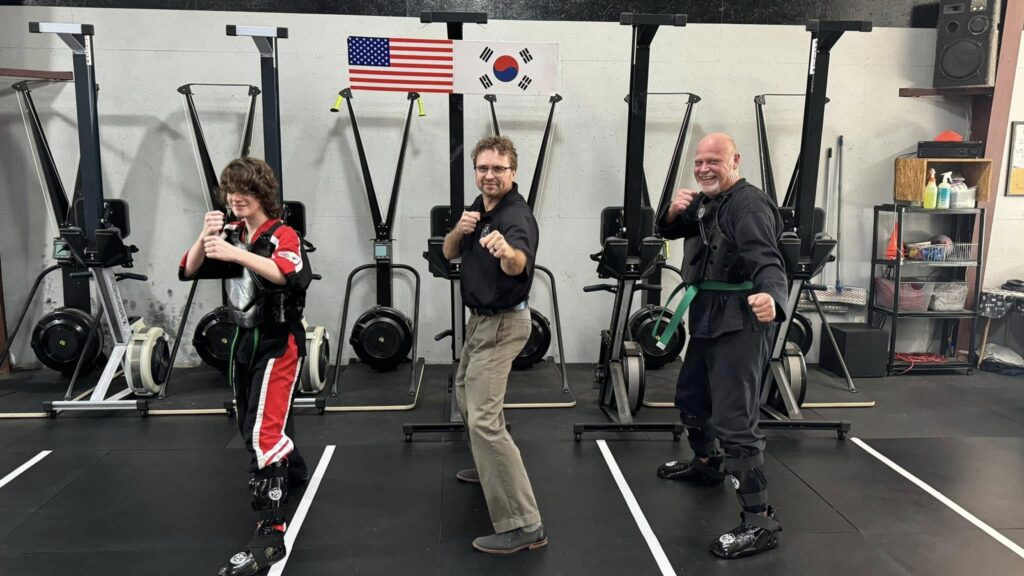
Maybe you’ve been considering trying something new—something active, challenging, and rewarding. Martial arts might have come to mind, but you’re wondering if it’s too late to begin. The good news is, martial arts is accessible to adults at all stages of life. Whether you’re 35, 45, or older, our adult martial arts classes allow students […]
How Martial Arts Helps Kids in School
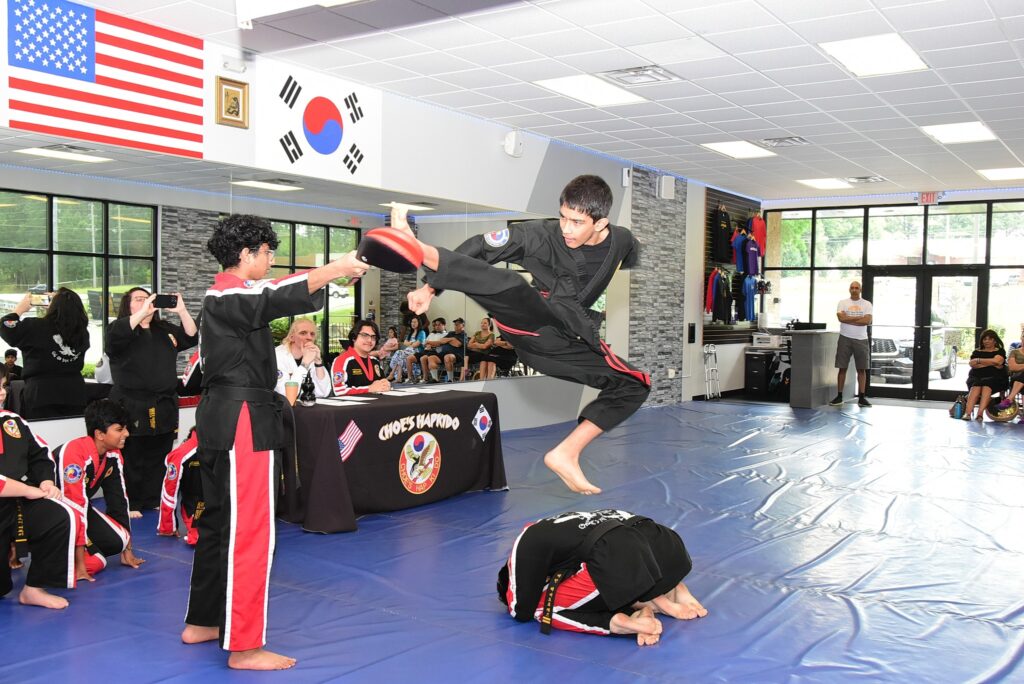
We’re excited about the new school year starting! Back-to-school season brings fresh opportunities—but also new challenges like adjusting to routines, meeting different teachers, and managing bigger expectations. That’s where martial arts can make a big difference. Beyond kicks and punches, martial arts helps kids build the focus, confidence, and resilience they need to succeed at […]
Before Your First Class: What to Expect in a Martial Arts Program
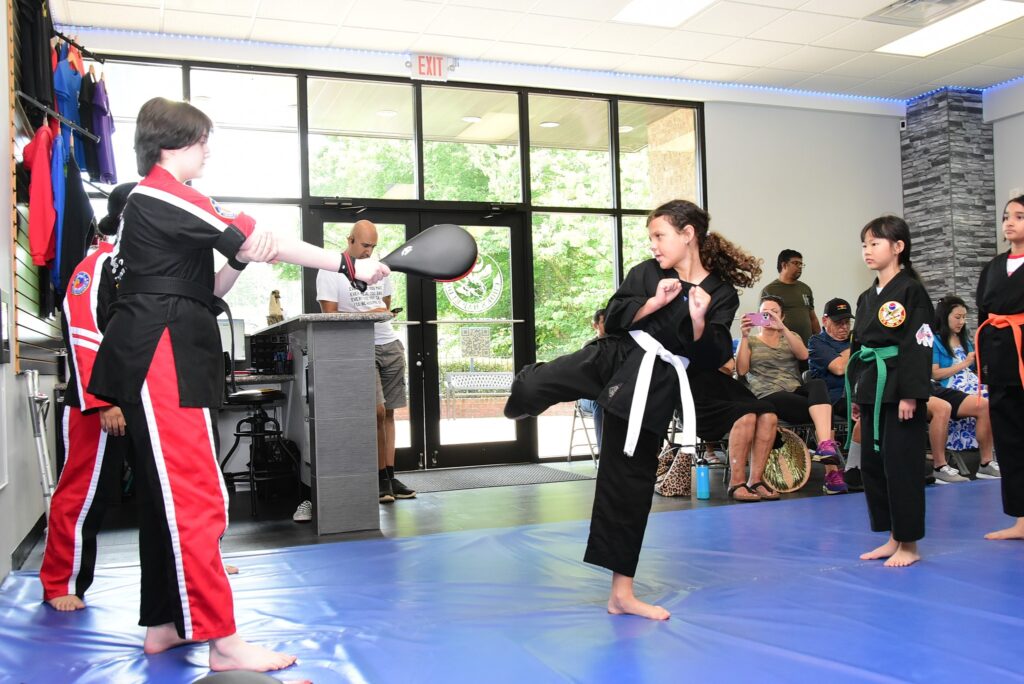
Starting something new can feel a little nerve-wracking—but that’s totally normal! Whether you’re walking into a dojang (martial arts studio) for the very first time or simply curious about signing up, understanding what to expect can go a long way in calming those first-time jitters. If you’ve been thinking about beginner martial arts, this guide […]
Our Favorite Picks for Outdoor Martial Arts Training in Murrayville, Georgia
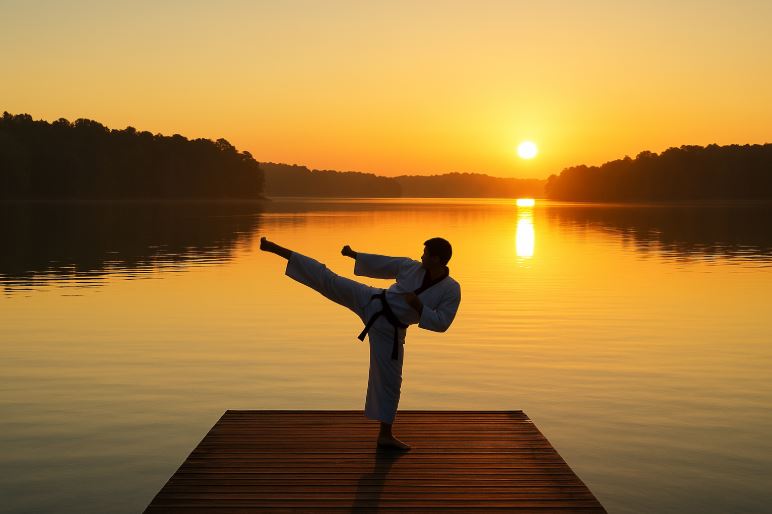
Welcome to Murrayville, Georgia—an unincorporated gem just north of Lake Lanier. Its quiet parks, lakefront trails, and mountain air make it the ideal backdrop for taking your martial arts practice into nature. Let’s tour our favorite spots and see how fresh terrain fires up your kicks, forms, and mindset. Our top Places to Train Outdoors […]
Empower Your Child with Confidence, Energy, and Leadership
Discover why Choe’s HapKiDo is the premier choice for a kids martial arts trial—and how our program outshines the rest. Every Journey Begins with a Single Step Imagine your child walking into our studio for the very first time: eyes wide with curiosity, heart pounding with excitement. They’re not just stepping onto a mat; they’re […]
The Benefits of Tai Chi: A Path to Health and Joy
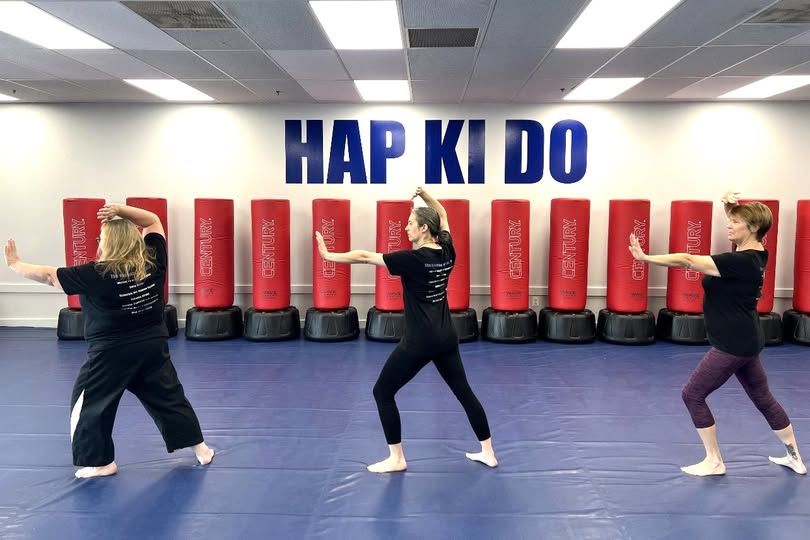
Discover Balance, Strength, and Inner Peace with Tai Chi at Choe’s HapKiDo Tai Chi, an ancient Chinese martial art, has evolved into a gentle, flowing practice known for its health benefits and meditative qualities. Originally developed for self-defense, it is now widely practiced across the world for its ability to improve both physical and mental […]
Martial Arts for Kids: 10 Life Lessons Every Child Can Learn
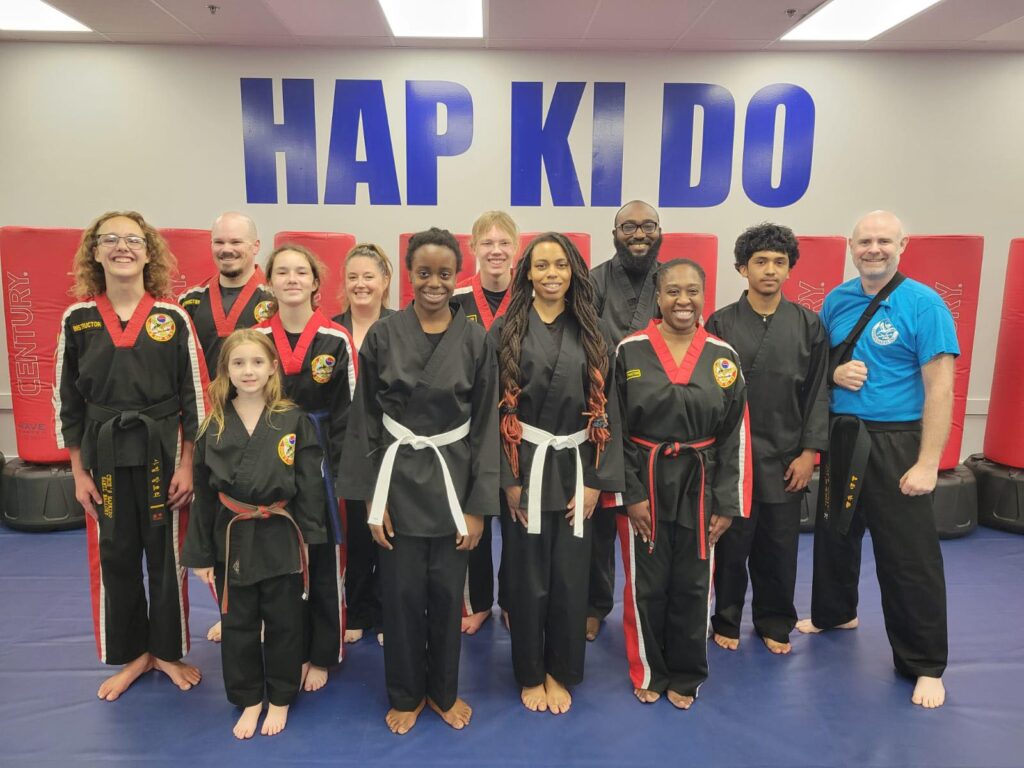
Why do parents love martial arts for kids? When parents sign their kids up for martial arts, they usually hope for things like better focus, improved fitness, or a healthy outlet for all that energy. But often, they’re surprised by the deeper transformation that takes place—one class at a time. At Choe’s HapKiDo, we’ve seen […]
